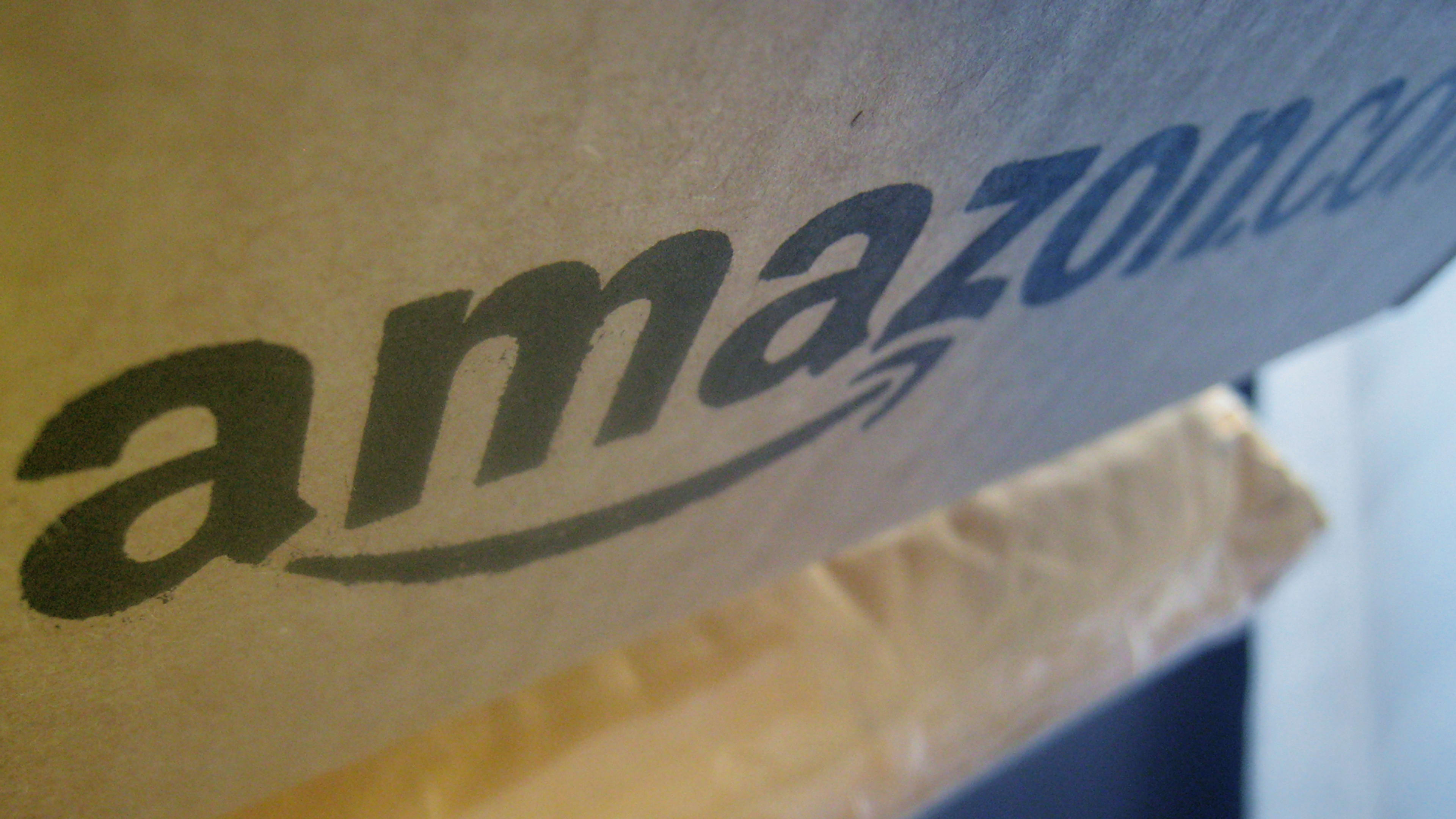Google and Facebook’s iron grip on the digital advertising market is starting to weaken, according to a new eMarketer report. Although both companies continue to grow, they will capture just 48% of new digital ad dollars in 2018, the research firm projects, versus the 73% of new dollars that their digital duopoly claimed in 2016. Overall, eMarketer expects Google and Facebook to control 56.8% of the digital ad market this year, down from 58.5% in 2017.
Meanwhile, Amazon and Snap have begun to flex their advertising muscle. This year, for the first time, Amazon’s ad revenue will top $2 billion, and Snap’s will top $1 billion. The two upstarts are still tiny in comparison to Google ($40 billion) and Facebook ($21 billion), but they are growing far faster. By 2020, eMarketer predicts that Amazon will have overtaken Oath and Microsoft to claim the No. 3 spot in the market share rankings.
“So far, [Amazon] has been conservative in its ad load,” eMarketer senior forecasting director Monica Peart said in the report. “It remains an open question as to when Amazon will take advantage of its significant reach and dominance in shopper data to ramp up the placement of ads in other areas.”
Amazon already allows marketers to use its platform to place ads on some third-party sites. But the majority of its ad dollars come from Amazon sellers buying banner ads and search placement on Amazon.com.
For marketers, Amazon represents the best of both worlds: search intent, like Google, combined with identity, like Facebook. Amazon also lacks some of the platform dynamics that have created tension between Google and Facebook and their advertisers. There is no user-generated content on Amazon’s video platform, for example, and therefore no inappropriate content to police, as YouTube must. Moreover, there are no bots on Amazon; each account represents a real person, with a verified purchase history.
Twitter, once hailed as a prospective rival to Google and Facebook, will see its share drop this year, eMarketer predicts. The firm expects to see Twitter’s ad revenue land at just over $1.1 billion.
Recognize your brand’s excellence by applying to this year’s Brands That Matter Awards before the early-rate deadline, May 3.
